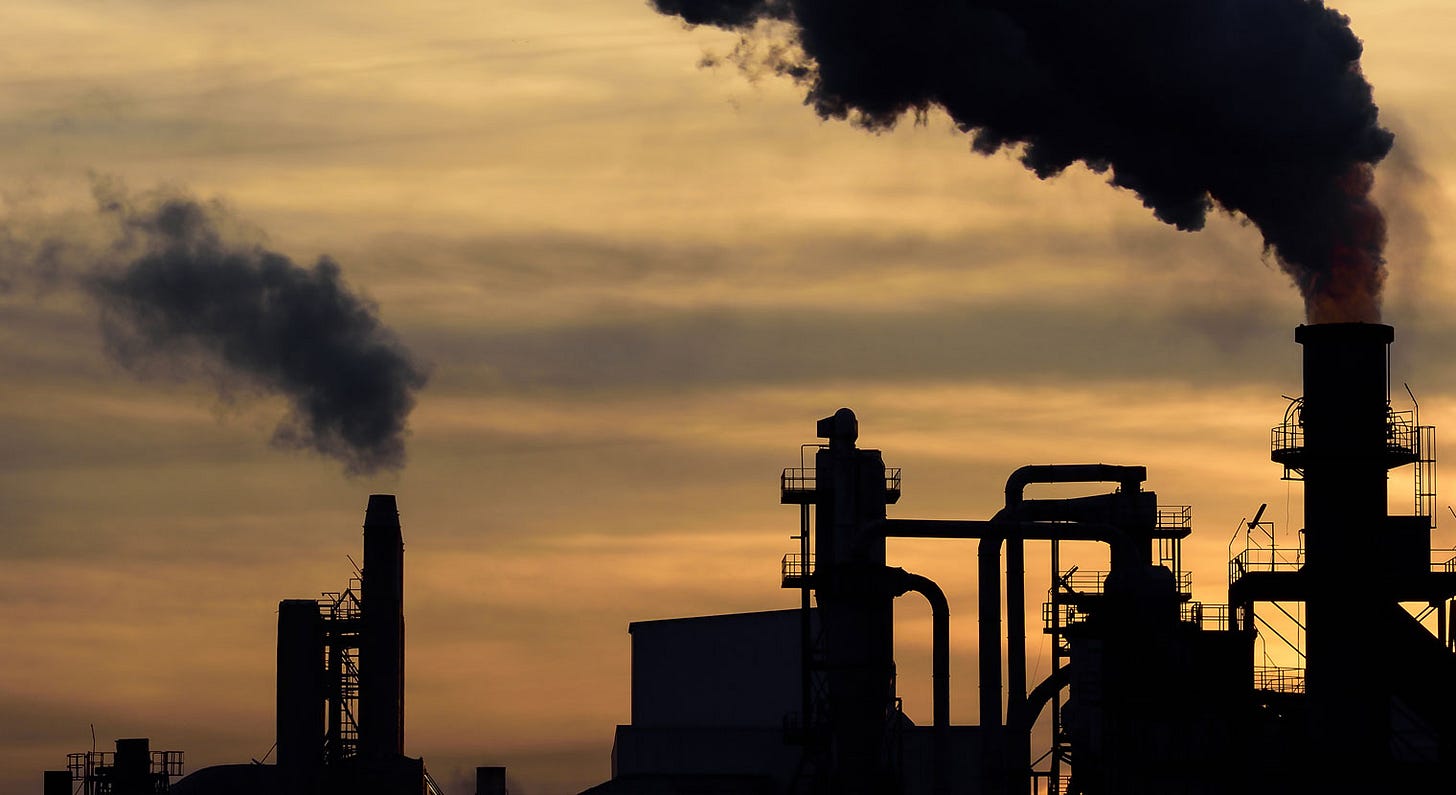The Challenge of Capturing Carbon in Big Oil
Industries that emit a lot of carbon dioxide, like oil and gas, are racing to find ways to capture and store this greenhouse gas as they try to make their operations more environmentally friendly. Despite being major carbon emitters, many big oil and gas companies are hopeful they can significantly cut their emissions by using a technology called carbon capture and storage (CCS). This technology seems to be one of the few options for them to lower emissions while still producing fossil fuels. But some experts and environmentalists worry that these companies are relying too much on CCS instead of making real changes toward a greener future.
CCS has been around for a while, but it hasn't been very successful in capturing carbon dioxide fast enough to make a big impact on large industrial operations. Governments and companies worldwide have invested a lot of money into CCS recently to try to make it work better. However, scientists are still not sure if today's technology can capture the huge amounts of carbon emissions that oil companies are promising to capture.
The International Energy Agency (IEA) says CCS technology is crucial for reaching net-zero emissions globally. It's seen as one of the few ways to reduce emissions from industries that are hard to clean up until we find alternative ways to make things. But the IEA also warns that it's not enough for oil and gas companies to just use CCS while continuing to drill for more oil and gas. Many of these companies are investing heavily in CCS to keep drilling for decades to come. However, the IEA says this doesn't align with the goal of reaching net-zero emissions by 2050.
Here's how CCS works: It captures the CO2 that comes out of chimneys at factories and turns it into a liquid. Then, it's pumped underground into empty oil wells or other geological formations. But setting up CCS on a big scale is hard and expensive. The IEA says we need to capture over a billion metric tons of CO2 every year by 2030, which is more than 20 times what we're capturing now. And by 2050, we'll need to capture six billion tons, which is about 130 times more than now.
Despite big promises, many companies aren't meeting their carbon capture goals. Only five percent of planned CCS projects have actually started, according to the IEA. There's still not enough proof that CCS can work well on a big scale without costing too much.
Oil and gas companies are putting a lot of money into CCS. Chevron plans to spend $10 billion, and Exxon pledged $20 billion. Globally, companies are expected to spend around $241 billion on CCS projects by 2030. The U.S. and the U.K. are leading this spending, with $85 billion and $45 billion respectively by 2030.
But many experts and environmentalists think focusing too much on CCS could be a mistake. Oil and gas companies are under pressure to become more environmentally friendly, but they still plan to keep drilling for oil and gas for a long time. Relying too much on CCS without knowing if it will work could be risky. If CCS doesn't live up to expectations, it could lead to more carbon emissions than we thought, delaying the shift to a greener world.
CCS is still very expensive, and it often doesn't work as well as we hope. A study in 2022 found that more CCS projects were failing than succeeding, including Chevron's project in Australia, which cost $3 billion but wasn't capturing as much carbon as expected. If CCS doesn't improve, it will be hard for companies relying on it to meet their climate goals. And if CCS fails in oil and gas operations, it could make the world's climate problems even worse.



